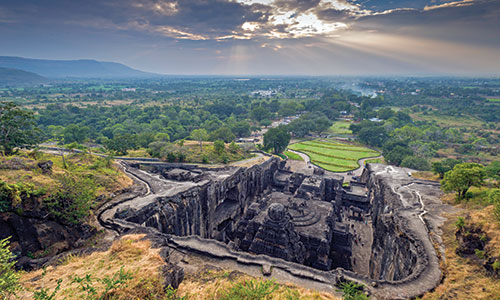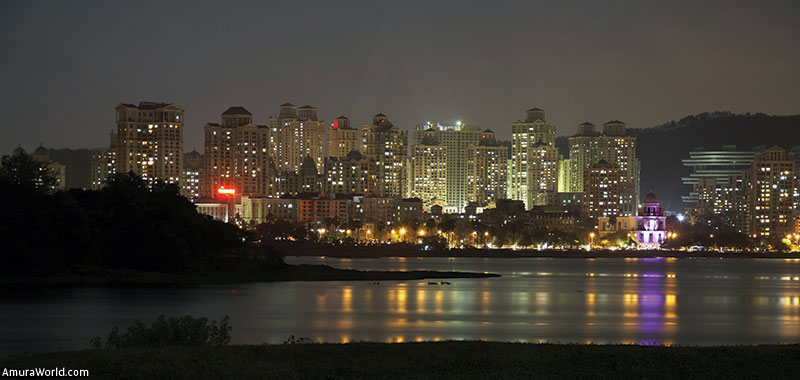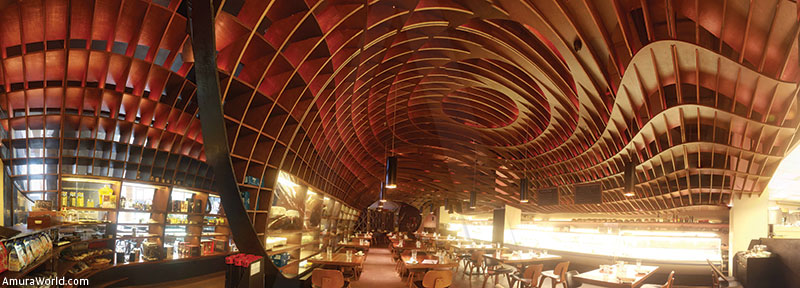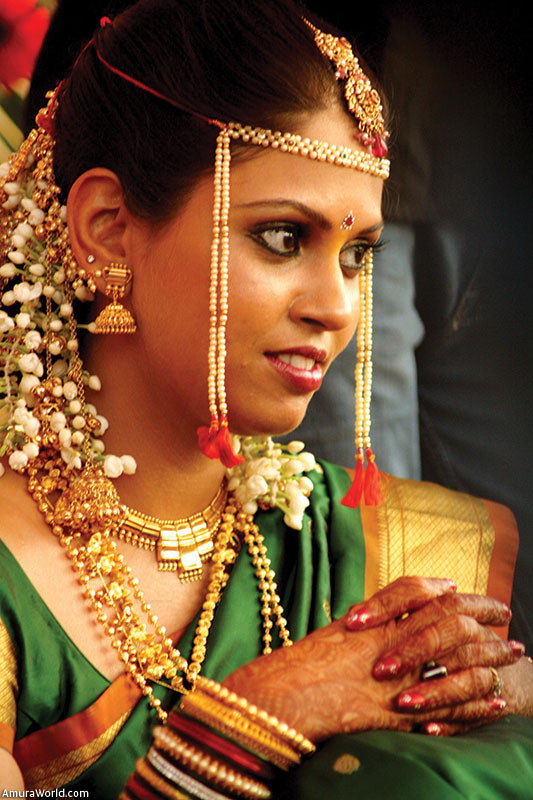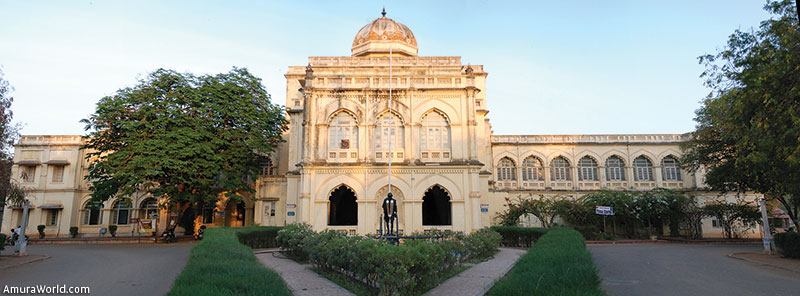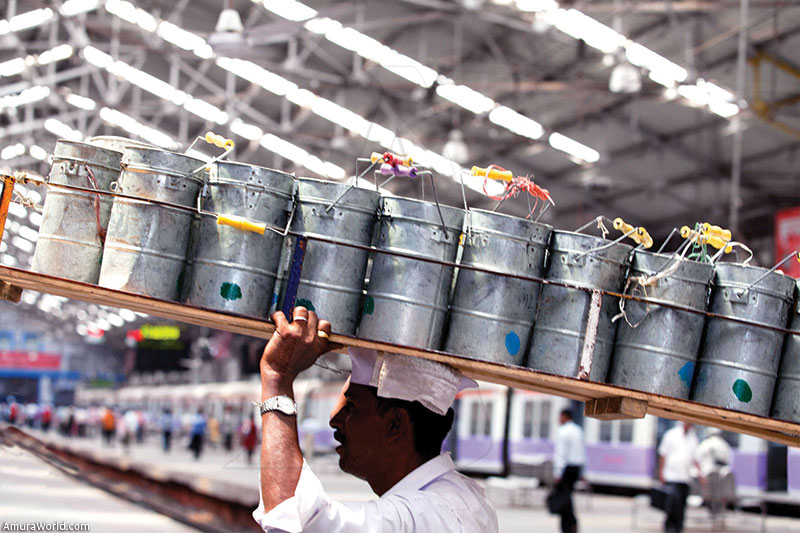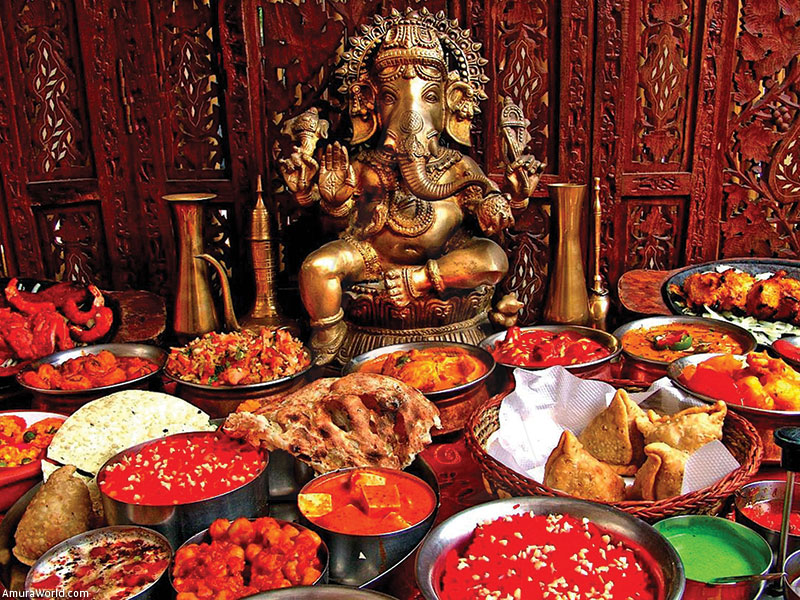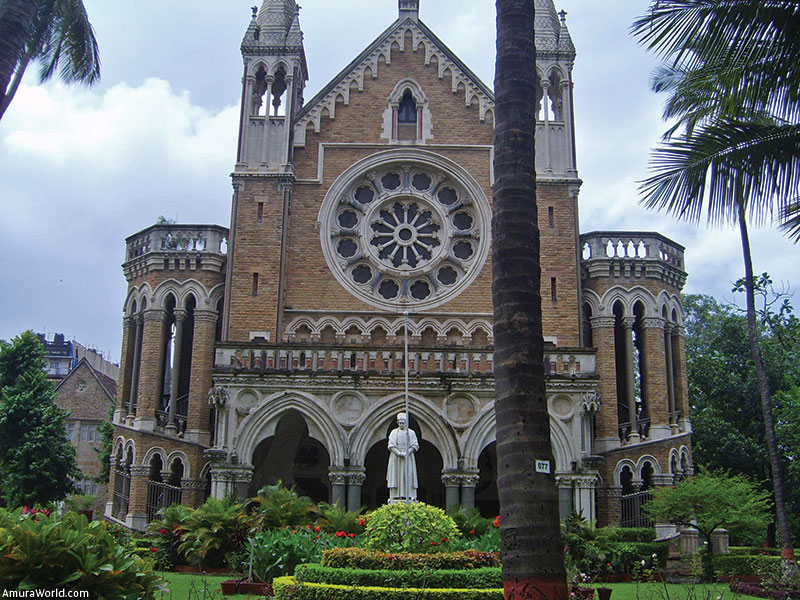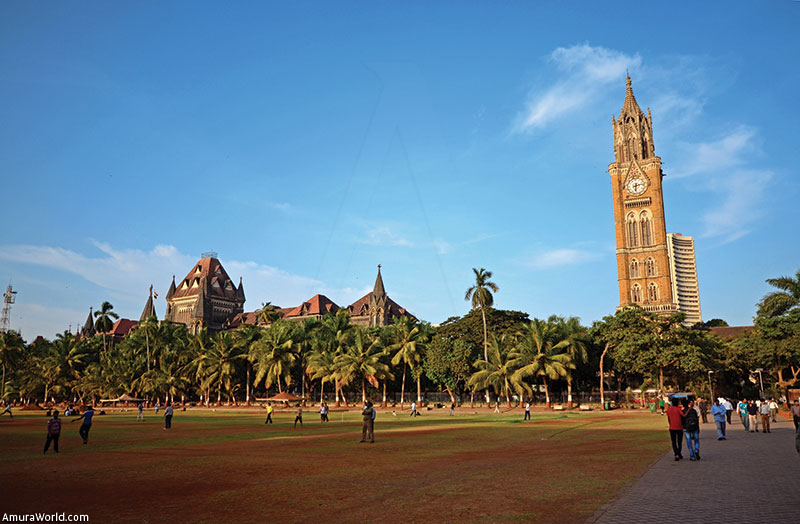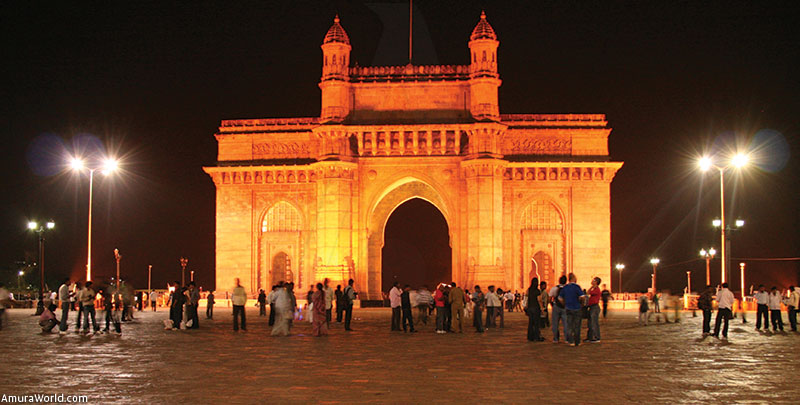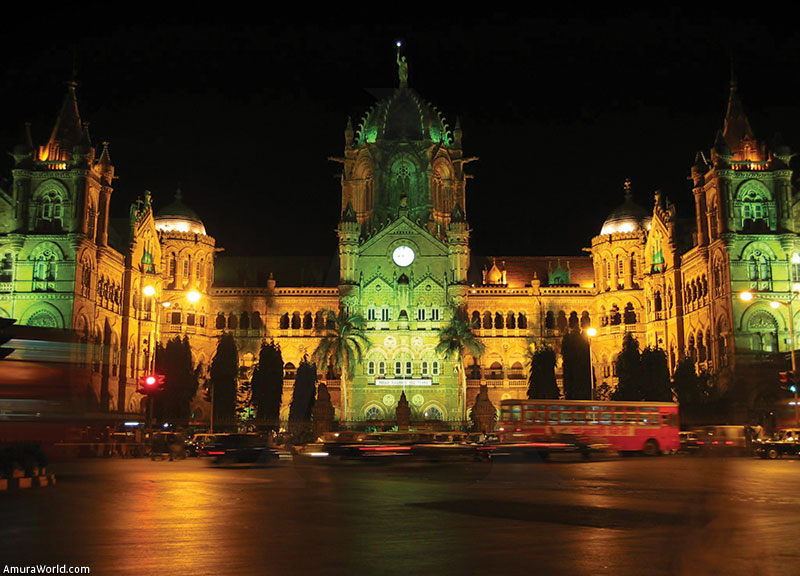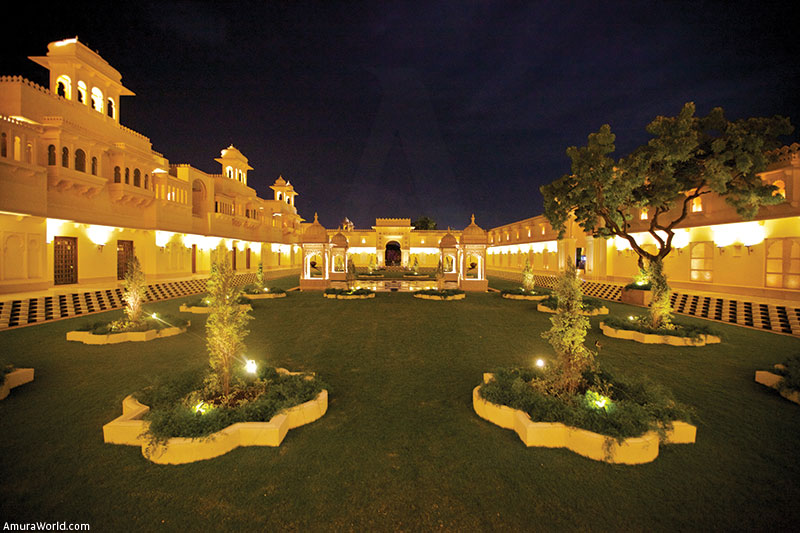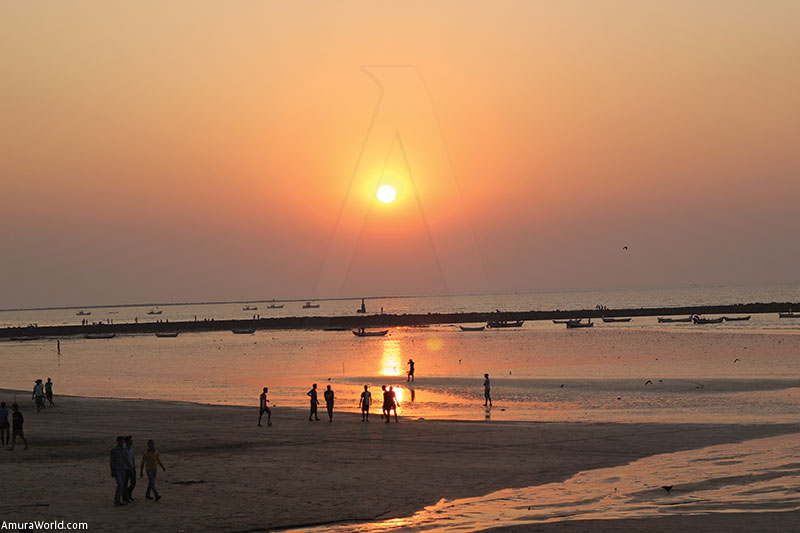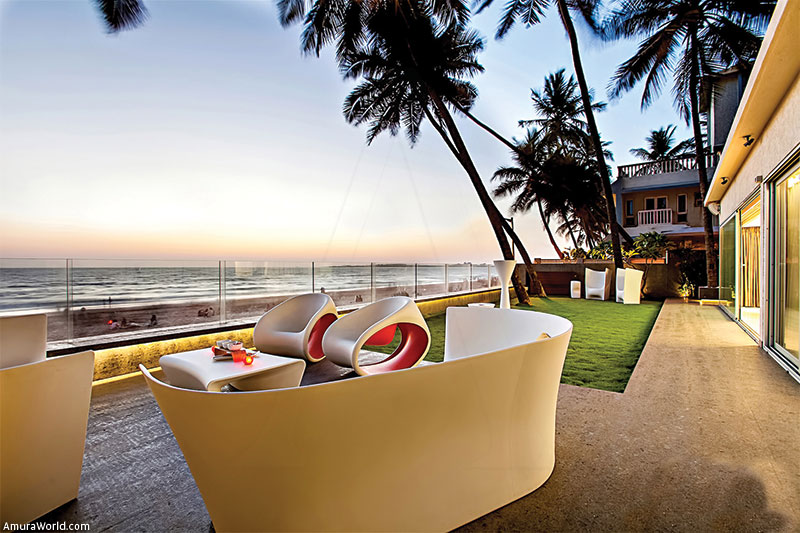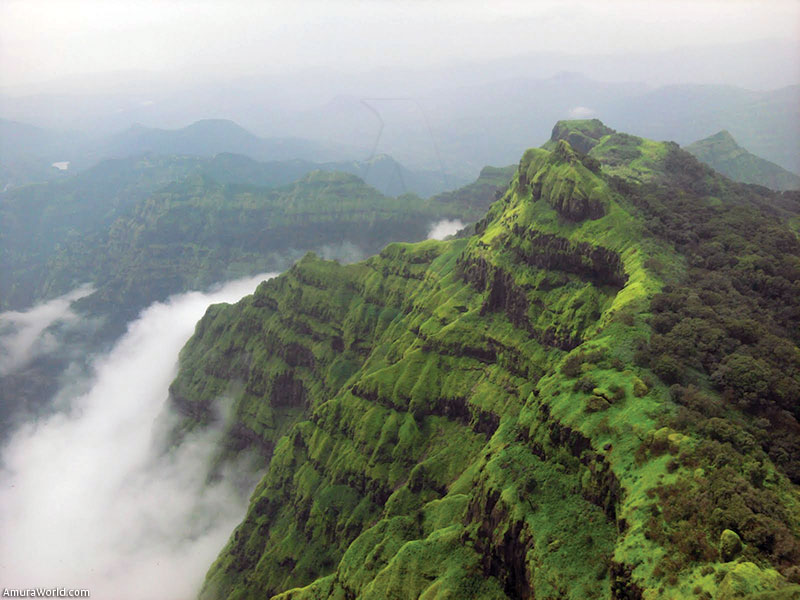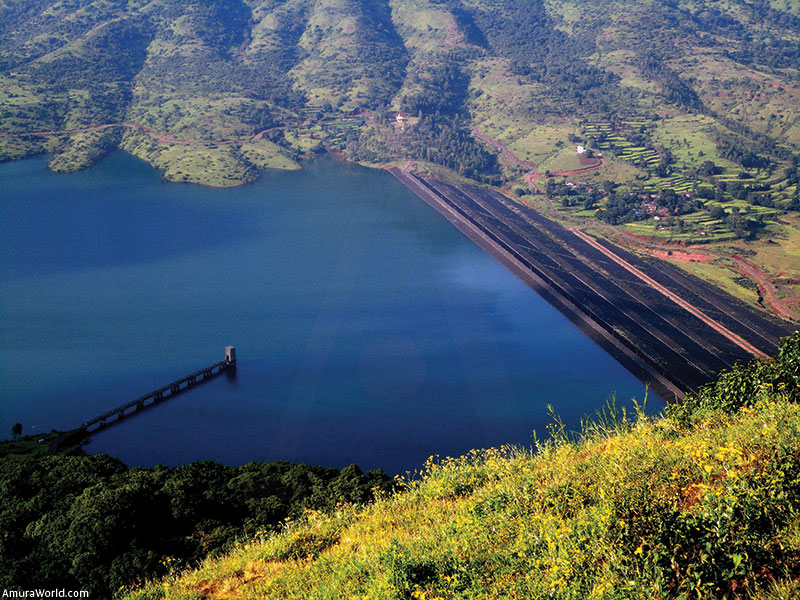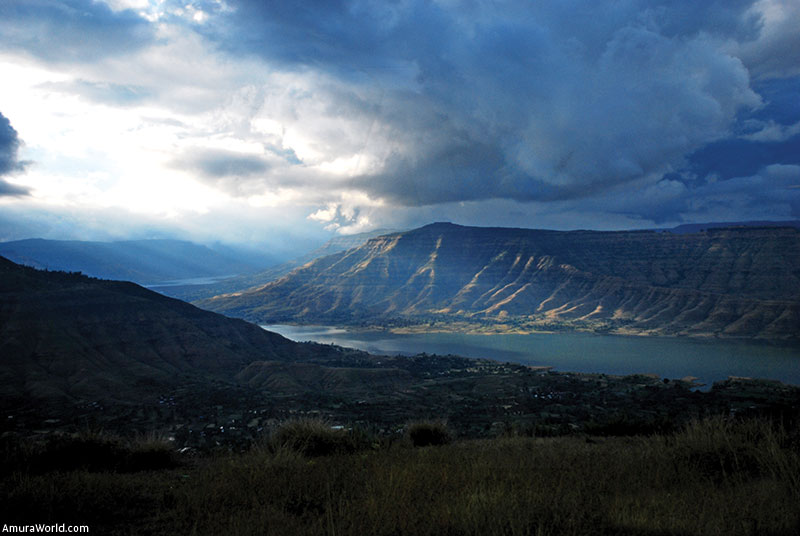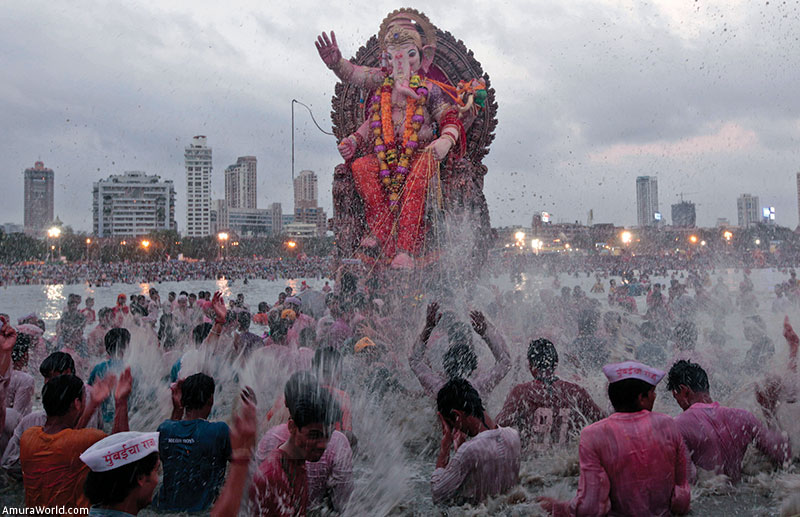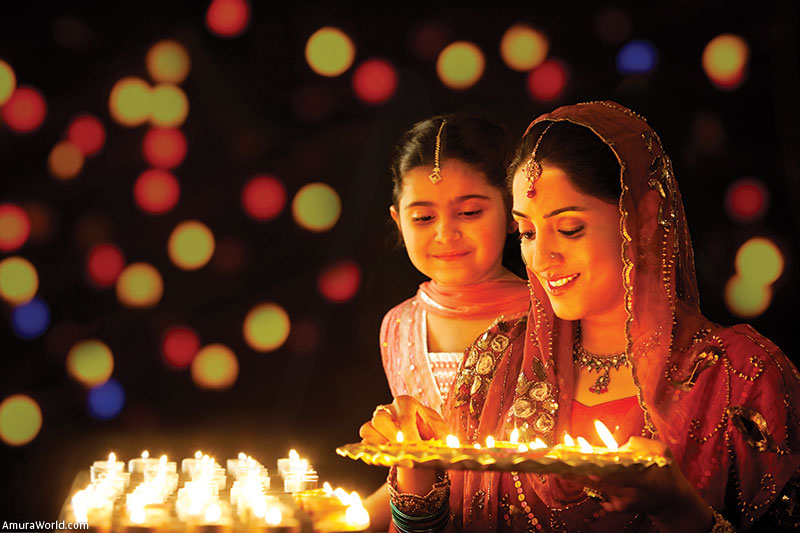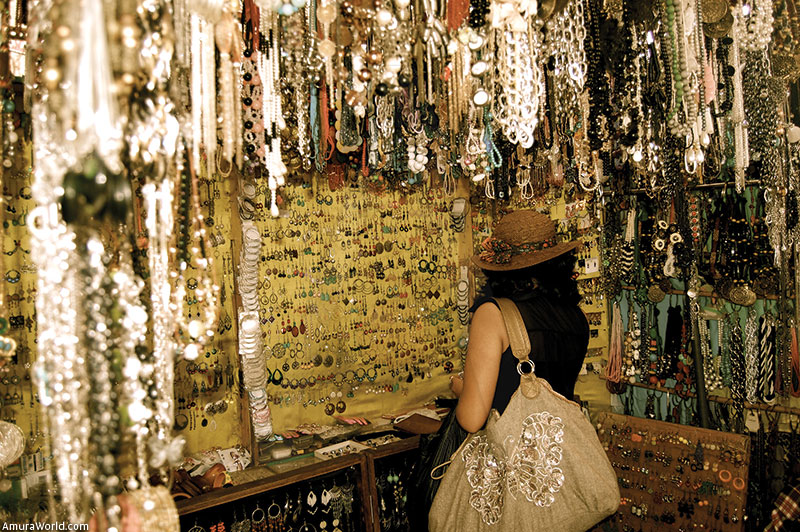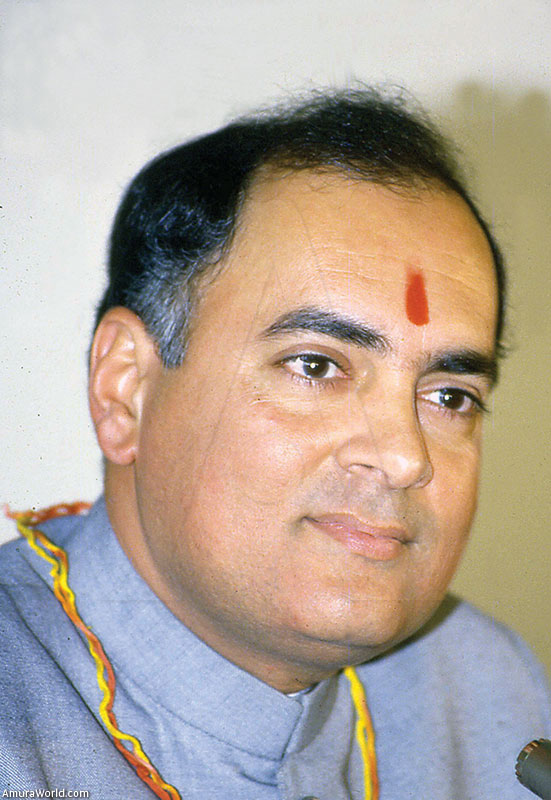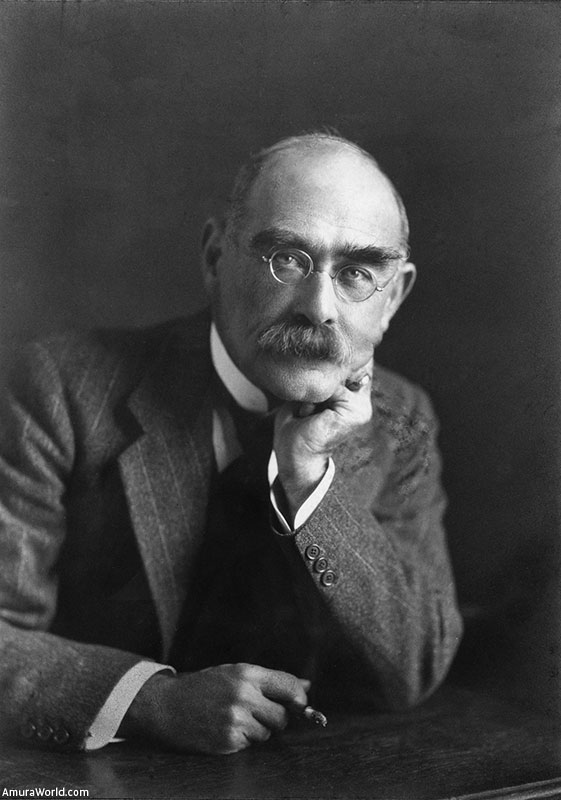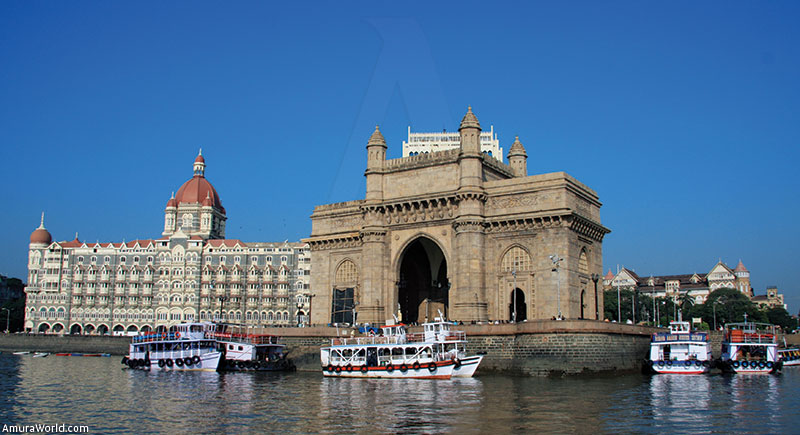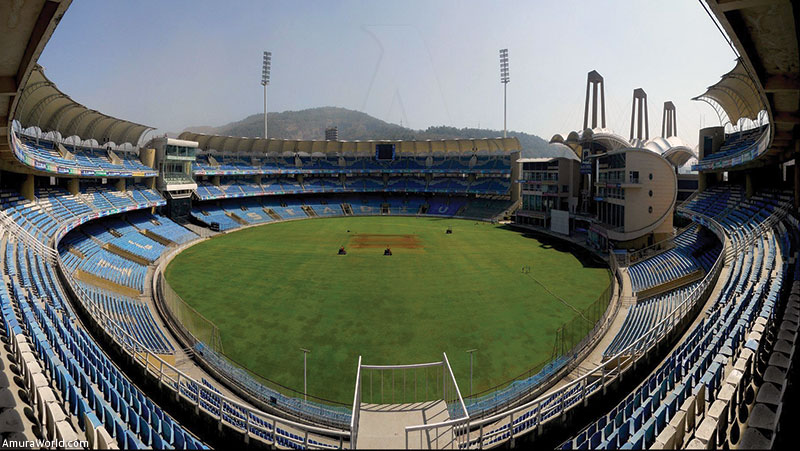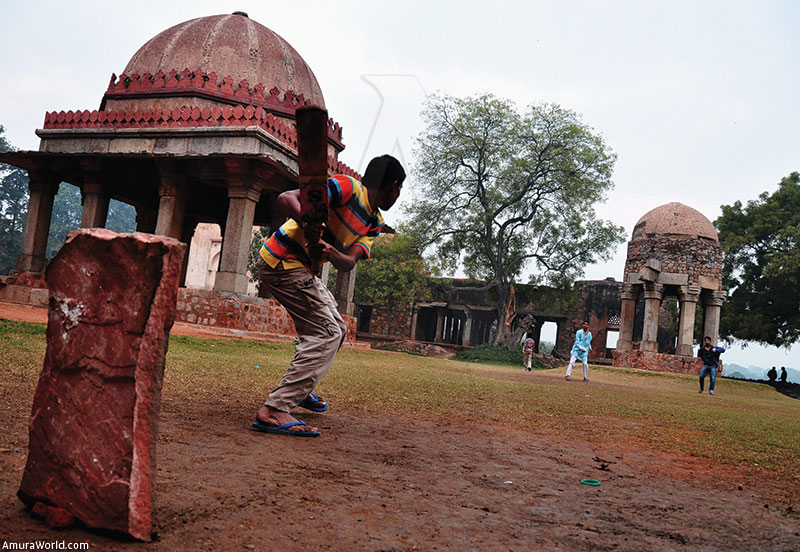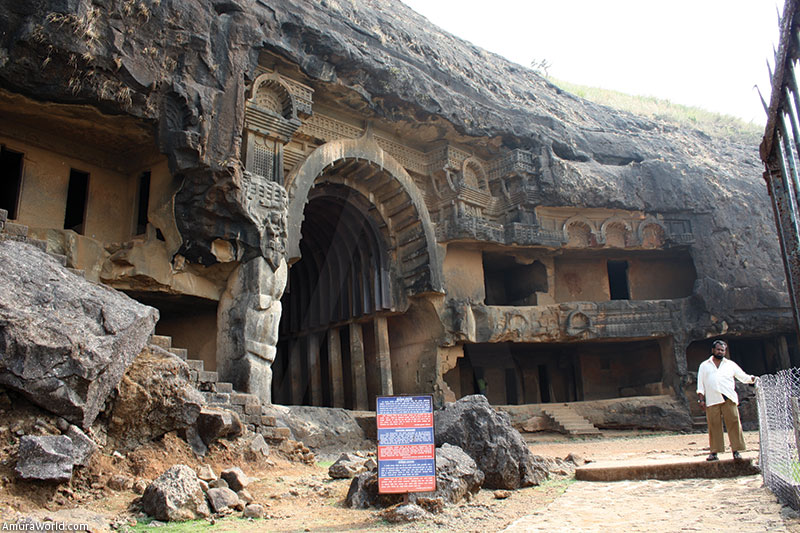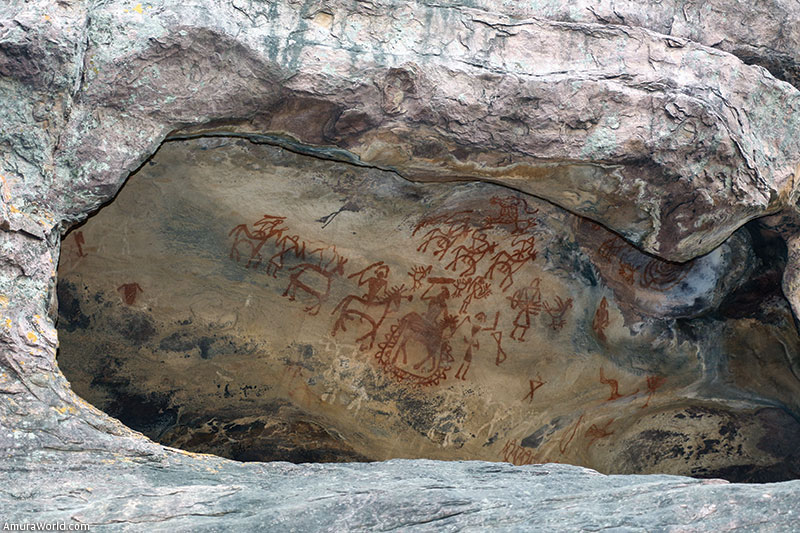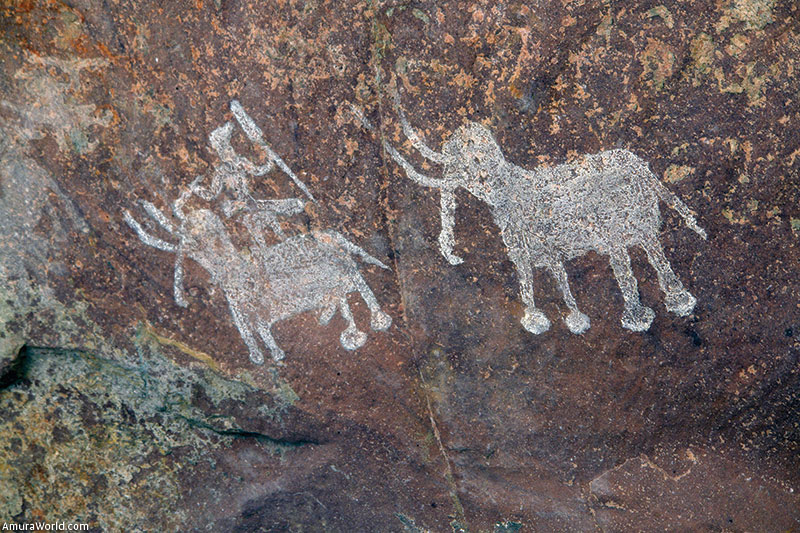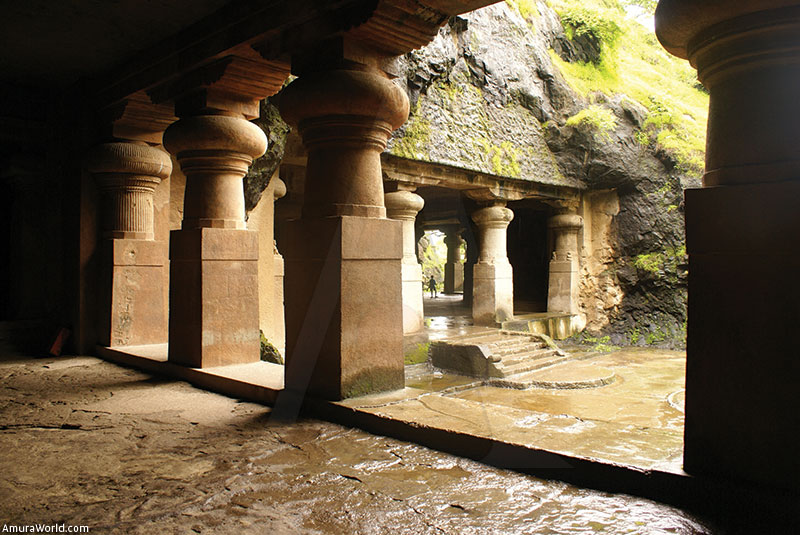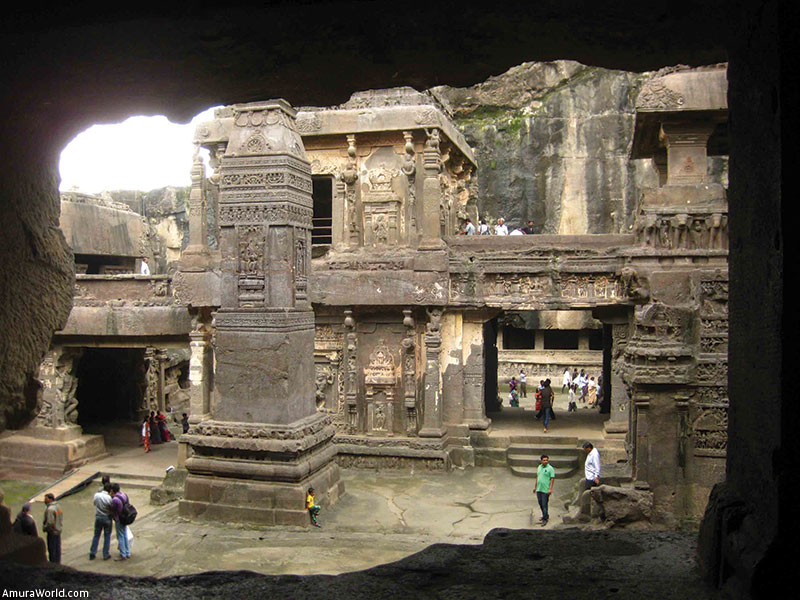Defiance between tradition and skyscrapers
Usually, when one refers to places alien to the western culture, as in the case of Mumbai, the mind evokes sites far away from modernity, where the people’s culture is expressed through the most elementary customs, and even one may think of prototypes detached from realty, as it is the case of snake charmers or huge pachyderms sauntering around the streets.
Even if true that its political figure as Maharashtra state’s capital is relatively new, since it was created as state on May 1st, 1960 in order to meet the Marathi’s demands, the majoritarian ethnic group in the state, we must keep in mind that it is the largest and most modern city in India.
Its development as a colony saw its beginnings from a group of islands (seven, in total), of scarce value, that were ceded by the Gujarat sultan to the Portuguese in 1534 and that, at the same time, were returned as part of the dowry of the wedding of Catherine de Braganza, when she married Charles II of England, in 1661.
The Portuguese called it Bombaim in XVI century, it is believed that it was due to the blending of morphemes ‘bom baim’ or ‘good bay.’ A century and a half later, in 1668, the British government leased the islands to the East India Company for 10 gold pounds a year and, the Bombay at that time, gradually grew until it became a trade hub. In 1956 it was divided into two states: Maharashtra and Gujarat. In here, the current times live together with some of the oldest traditions in the world; as a proof, the more than 200 tongues spoken –autochthonous and foreign languages— the traditional vernacular Marathi being the most prevalent (43% of the local population.)
Being one of the main capitals in the world, makes it a magnet for its people’s development, who arrive from various spots, from India and abroad, looking for growth opportunities.
Mumbai adopted officially its name in 1996, derived from the name of the goddess Mumbadevi, blended with the root “Aai” which means “mother” in Marathi language. Currently, more than 14 million people inhabit Mumbai and the number continues to grow; a greater part of this population flow is due to its being one of the pivotal port zones in the region; since it is located strategically in the Indian sub-continent’s west coast and having a corridor to the Arabian Sea. The trade derived from port and entrepreneurial activities and from being the economic crux of India, in addition to its prolific cinematographic industry, makes it the city with the greater Gross Domestic Product (GDP) than all of the cities in the south, east and center of Asia.
Mumbai is listed as a leading cultural center, having a great number of universities and theaters, among other attractions; to wit it offers a wide menu of destinations, curiosities, historical buildings and, of course, museums and galleries for exhibitions that pull the visitor into India.
Later on, Mumbai kept a linear expansion pattern, on one side in a remarkable commercial and services providing zone, focused in the southern extreme; on the other, the residential and industrial development extended towards the northern region along with the suburban railways corridors. In 1973, the government established a Regional Plan aiming at correcting such pattern through the development of Navi Mumbai on the mainland, on the other side of the port; and through the creation of other urban hubs like Bandra-Kurla and Kalyan complexes, in addition to the migration of the economic activities, such as the port.
With nearly 12 million inhabitants, Mumbai is a maze of modern avenues where luxurious cars circulate or entrepreneurs wearing designer brand suits mosey; contrasting remarkably with the so-called Asian slums or irregular settlements inhabited by families who live, many times, in squalor conditions. Its streets are a potpourri of sounds, odors and pictures that will arouse curiosity at every step, such as the popular rickshaws or dabbawallas delivering food to hundred thousands of white collar workers all around the city with an astounding precision in the middle of such chaos.
The city is formed by the Island District or Mumbai City, and the Mumbai Suburban District, to which belongs the Greater Mumbai area, over the mouth of Ulhas river, the one with higher activity, where it is done most of the working life. Its architecture is a mix of neo-gothic, Indo-Saracenic, Art Decó and contemporary styles, architectonically well delimited areas. For example, in the south there are colonial buildings and soviet style offices, while in the east there are factories and, in the west, deserted old textile looms on top of which modern skyscrapers have been erected.
Most of the British colonial buildings are neo-gothic, such as the terminal and the university. Among the Indo-Saracenic style stands out the Gateway of India and the Art Decó; milestones which can be found mainly along the Marina Drive and west of Oval Maidan.
In most recently developed suburbs, modern buildings dominate the scene, with more than thirty over 100 meter tall skyscrapers. In regards to the expansion of the city, the Mumbai Heritage Conservation Committee (MHCC) has established special regulations and statutes to contribute to the conservation of the national heritage interest structures.
Endless adventures
Currently, Mumbai is a very lively city, with its own personality, a big industrial and financial hub, which continues to gather great artistic and theatrical interest. Mumbai is also the main cinematographic center of India.
When the visitor goes more and more into this enigmatic destination, one realizes it is a very lively city, with a character of its own, that lives not only off tourism; one is fascinated by its great centers, the industrial the same as the financial one, he or she is marveled by the bustle of a throbbing metropolis, its people permanently looking for artistic interest manifestations. This is illustrated by the film productions, which find in this city their main operations center in all India.
In this destination there is no time to waste; in fact, it is hard to make up one’s mind whether visiting the spectacular temples excavated off the mountain or going to the beaches easy to access from the city such as the Juhu, which is perfectly suited for surfing and sailing the same as fishing; or the traditional strawberry recollection during the summer; or travelling to the quaint Matheran mountain station less than one hour distance from the city, where, in addition, a charming train allows the visitors to climb up the hills. 126 km far from the main road to Pune, we can find Khandala and Lonavala twin cities, especially gorgeous during the rains when the hills are vested in green and the sparkling waterfalls are watched in a better way. Even people who would rather go into the Westside will find in the Mahabaleshwar and Panchgani mountains dazzling cascades and a lake where one can promenade or take a trekking route.
Spending some days during the most deeply rooted people’s festivities is an unforgettable experience. In the Janmashtami festival, in the months of July and August, the birth of Lord Krishna is celebrated, people would come out with ricotta pans, typical of India, and groups of young men tied by their shoulders, try to break their ropes in the streets. In August and September, the flashiest party of all is thrown, the elephant head image, the god Ganesh Chaturthi is celebrated and venerated for 10 days; the last day, the crowd makes pilgrimages with this deity’s icons and immerse them into the sea. In the Diwali or Festival of Lights lasting all through October, November and December, important things happen.
Mumbai is terrific for shopping, its stores have a lot of offers, it has zones of shops for exclusive brands and jewelry; but also there are traditional places such as Colaba, Bandra and Juhu bazaars, that have variety of products, from crafts and typical clothing to valuable antiques. One of the most famous is the Jhaveri bazaar where there exists a hub of jewelries, copper, and bronze utensils, and the Gujarati embroidery factory. Another place not to miss is the Chor bazaar; which offers antiques, old gramophones and wooden miniature furniture.
If we speak about clout in the world, it would be enough to say that this city has been the cradle of some of the most important personalities of India; such as the deceased Indira Gandhi’s son, Rajiv Gandhi who became prime minister at 40 and distinguished himself for accomplishing the elimination of the taxes on economic activities, the modernization of telecommunications, education and technology; and, internationally, the enhancement of the diplomatic relations with the US; the sculptor Anish Kapoor, awarded with the Nobel Prize in Literature, Rudyard Kipling or Zubin Mehta, the conductor.
A walk through history
Beyond the vast attractions of the region, there are monuments and iconic sites that the visitor must not miss; among others the Gateway of India, a worldwide known and distinguished monument of the city, that keeps reminiscences of the Hindu and Islamic architecture. This 26 meter tall arch, at the port of the city, commemorates the visit of King George V and Queen Mary of the United Kingdom in 1911. Nevertheless, the monument, finished in 1924, became the symbol of the liberation from the British colonialism when, in 1948, the last occupation troops in Bombay, marched through the arch when leaving the country.
The Prince of Wales Museum is ideal for those people who enjoy the great cultural and historical richness of the places they visit; it keeps the huge heritage of culture and traditions. Erected in 1909, to honor the visit of Prince Wales it stands out for being one of the most picturesque examples of Victorian architecture. Likewise, it is important to mention that it has gothic and Moorish features, so it is not hard to come to the conclusion that this museum is not interesting just for its exhibitions but also for its overall aspect. About its collections, it is basic to consider that it shelters an exposition in which all kinds of objects from the Indo-European civilization can be found; the same as from regions of particular interest for the history of this civilization, ancient objects coming from Nepal, China, Tibet and Japan; in addition to travelling expositions all over the world and one room dedicated to miniature paintings, a classic in the Victorian age. Another exposition is dedicated to natural history of India.
Yet another UNESCO World Heritage (besides the Gateway of India) is the Chhatrapati Shivaji Terminus or Victoria Terminus train station, located in the spectacular Gothic Sector. This railway station is an outstanding example of the mixture of the neo-gothic architectonic style with the traditional themes of Indian architecture. This building, designed by the British architect F. W. Stevens, became the symbol of the main commercial port of India, Mumbai, called by some the “Gothic City.” Its construction, which started in 1878 and ended 10 years later, was accomplished based on a gothic-Victorian architectonic style project, inspired in Italian monuments from the end of the Middle Ages. Its eccentric blueprint, its stone dome, its turrets and its pointed arches present similarities with the classic palatine Indian architecture. Chhatrapati Shivaji is an exceptional example of the encounter of two cultures, because British architects worked with the Indian artisans to incorporate the traditions and the autochthonous architectonic styles, creating thus a new style as a feature of Mumbai.
The Taraporewala Aquarium opened in 1951 and since then has been listed as one of the most recommendable places to enjoy. It shelters sea species of all kinds, such as sharks, Asiatic softshell turtle, sea turtles, star fish, all kinds of very attractive fishes; it also has the Marine Drive, research center that delivers submarine consulting and scuba diving.
This aquarium took its name from the philanthropist who donated a hefty sum of money for its construction. Currently, having more than 100 species, including seven types of coral from the Lakshadweep islands, it has not only become one of the foremost tourist destinations in the region but has managed to get a remarkable repercussion among the tourists and citizens of Mumbai. The aquarium has a room for marine fossils expositions and other items related to the ocean adding value to the center.
Still, one of the most frequent attractions of Mumbai might be experiencing the DY Patil Stadium, with a capacity of 55,000 spectators, during the cricket season, the most popular sport in India, this is an activity born in the XVIII century, when British colonials live there; cricket arouses the passion of millions of people, as much as soccer in the rest of the planet. This sport is known as the grandfather of baseball, even the mechanics is similar and it is also played with a bat, but a flat one, and a ball (made of India rubber or natural rubber), in oval fields where two 11 player teams confront.
This game, the same as the movie phenomenon, breaks all social barriers, since it is present all over the country, from the wealthy zones of Bombay to the poverty-stricken lanes where youngsters and children dream of their idols. Notwithstanding it is also a historical element because the cricket fields become battle scenarios, when the classic matches India-Pakistan were celebrated; their rivalry came from the 1947 dispute over Kashmir, conflict that derived in assaults, uncountable wounded and numerous dead people, provoking the 1965 war; besides the 1998 nuclear confrontation threat. Currently, Kashmir belongs to India but Pakistanis claim it as theirs because of its Muslim majority population.
Magic grottos
Near Mumbai, along the Goa Route, the Kamala Bird Sanctuary is located; a habitat for almost 146 bird species; also the lakes Powai, Vihar, and Versova Beach are there, the same as the Chaitya Hall, excavated around the II century B. C. inspiring a deep respect; this natural 124 feet long, 46.5 wide and 45 feet tall shaft in which the hand of Hindu monks intervened, is crowned by an astounding dome. It is formed by a series of pillars with an entrance at the main part of the cave that lets the sunlight in. On the other side, the ancient Bhaja, Bedsa and Karla Buddhist caves are located, sanctuaries in caves which are not only listed among the oldest preserved in India, but that are authentic architectural, sculptural and pictorial masterpieces; inseparable all of them from the beauty of the natural surroundings.
The Elephanta Caves are still another natural wonder where the Vedic religion found the best form to leave proof of its passage throughout history. Here the tourist is astounded by the galleys plenty of reliefs declared World Heritage and which constitute grand displays of technical proficiency and artistic inventive.
There is no place for doubt, though, about the majesty of Hindu temples, present in the historical city of Aurangabad, and 400 km away from Maombai. Here, the Ajanta and Ellora caves are popular pilgrimage places in Nanded, Shirdi, Nasik and Pune.
These enigmatic caves are, factually, impressive archeological complexes with grottos, temples and monasteries. It is a magnificent set of temples, excavated straight from the rock between the VI and VIII centuries of our era; comparable to Petra in Jordan and Lalibella in Ethiopia. It is a 30 aligned caves complex in a horseshoe form, around a creek; inside them one could see stone sculptures which for the Vedas meant the destination chosen by the ascetics to transcend in the spiritual plane. In no other part of the world there exist so many and so grandiose artworks in caves as in India; many a scientist thinks that the history of art in India has its genesis written in the language of rocks.
From the III century a. C and for more than 1,000 years, the Hindu mystics literally engraved in the mountains the Vedic wisdom, creating temples to honor their sages and gods.
Text: Ana María Morales ± Photo: Getty Images / TRADE ANDE / EXJ / RAJ KAREM / MEDIA INDIAN / LANACIN / Wikimedia / D2 / YTMZ / UGN / HN / BOOMBEAT / AGN / AMC / APS / PINNACLETIS / BP /BC / FORECAST / KN3 / FASHION STYLE / IBNS / FPS / FREEWAY / EDREAMS / ELIZABETH THOMAS / QUOTESSAY / NYTIMES / EZEEWAY / WPS / TRAVELOKAM / PLANETBELL / NING / DISCOVER / MBS / ALECRINGTRAVEL / IIMALG / SOA / STT / UBES / ROD STEVENSON / ZOMNS / AIESCU / DALAIBA / SPA / WPS / PRASHANTS

